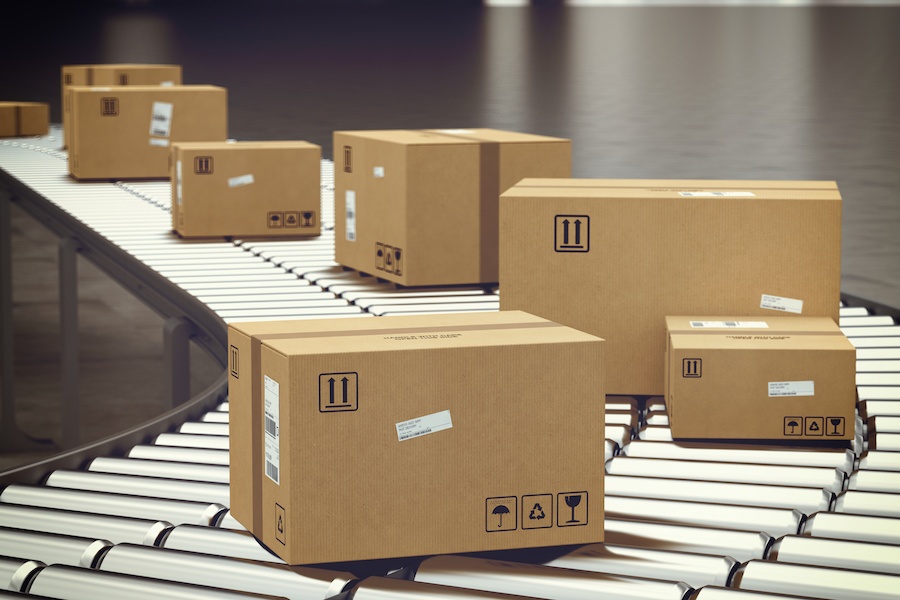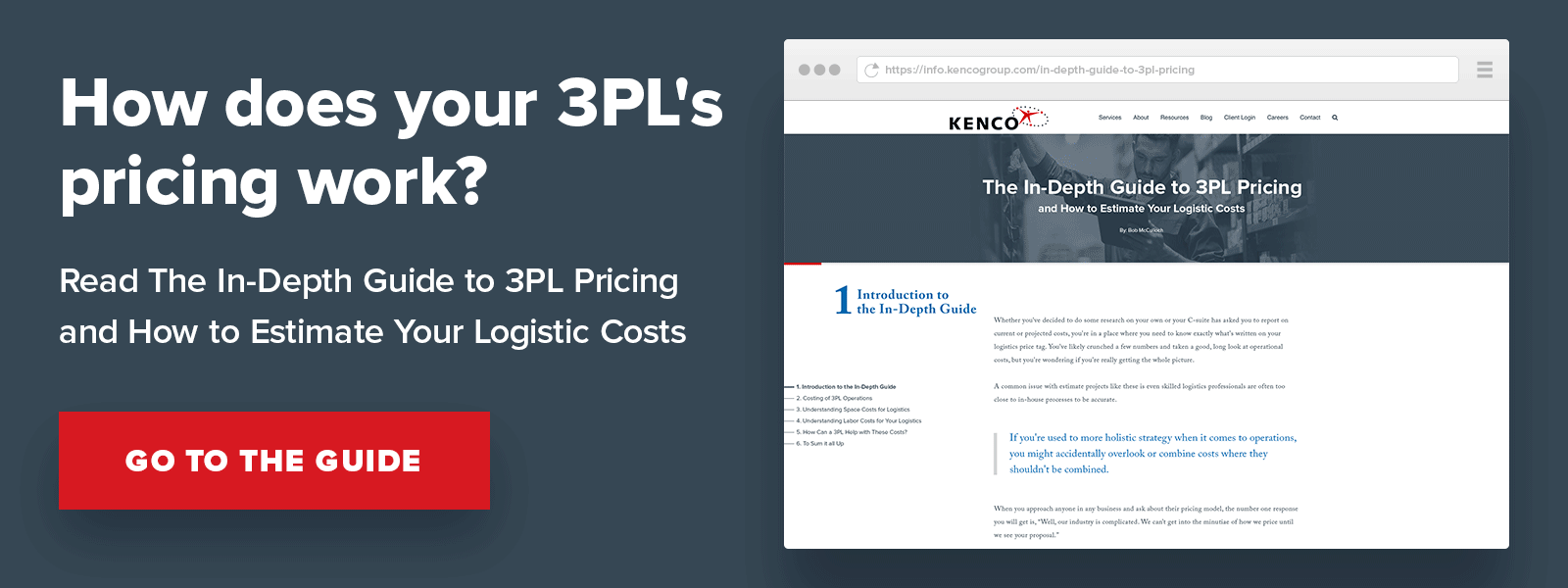
No matter how advanced the technology behind business becomes, there will always be a place for "gut feelings"—those priceless instincts that signal when a closer look or change is likely due. Price sensitivity is one of the most common drivers for these second looks, which is why even the most successful company finds themselves asking questions like “Is my logistics provider charging me too much?”
This important question isn't just about numbers, however. To put it bluntly, the price of a service performed is vastly different than the price a service performed well; in logistics, the latter might encompass everything from special handling practices to the accessibility of your provider for questions and concerns.
This is exactly why any large business that prides themselves on careful oversight will inevitably take a magnifying glass to their logistics pricing. There are no "classic signs" of overcharging, per se, but spotting a mismatch in price versus value is easy when you know how—and where—to look.
The 4 Foundational 3PL Costs
You count on your third-party logistics provider to run their business efficiently so that your own business can do the same. Ideally, their cost structure should be balanced on four scale-appropriate "legs"—just like a well-built table.
If one of those legs is undersized for support or oversized due to cost wastes, everything on the table—also known as your business—is forced to overbalance and wobble to stay in place.
That added pressure to counter-balance translates to a drain on your own resources, most notably money and time.
So how do you make sure the table surface is sturdy and stable from the start? Evaluate these four common costs to determine if your current 3PL is adhering to them:
1. Fixed Costs Such As Rent and Insurance
Fixed costs are the payments you make for things like equipment leases, salaries, and insurance. No matter what is going on inside the warehouse, your fixed costs will remain the same.
Fixed costs are low-risk costs that likely will not change much over time. Because these are expected costs with little risk, your 3PL will likely have a low margin on fixed costs.
If insurance is suspiciously low, they could be cutting corners that you will end up paying for if a destructive event occurs.
-
Variable Costs Like Labor Costs and Lead Costs
 Much like any service provider, your 3PL should have a solid, stable team, as well as auxiliary service providers in their own network. If high costs, high turnover, or cost unpredictability is passed on to customers like you, it might be a sign that you're paying a 3PL more than you should be. Because these costs have a high risk associated with them, you should examine these expenses closely.
Much like any service provider, your 3PL should have a solid, stable team, as well as auxiliary service providers in their own network. If high costs, high turnover, or cost unpredictability is passed on to customers like you, it might be a sign that you're paying a 3PL more than you should be. Because these costs have a high risk associated with them, you should examine these expenses closely.
However, if a customer chooses a variable pricing model, the customer can expect their prices to rise. Variable pricing passes on all risk to the 3PL, which in turn raises the customer’s prices.
3. Pass-Through Costs Such as Utilities, Security, and Clerical Costs
Getting product from point A to point B is only the most basic function of a 3PL—it's not the whole operation. Keeping product secure, safe from theft or damage, and properly recorded is crucial to logistical success. Your pass-through costs should be balanced and scaled depending on the level of your needs.
Significant fluctuations could either indicate your 3PL is cutting the wrong corners or it might reflect poor planning or pricing structures.
4. Management Costs
Finally, the proverbial gas in the engine of a 3PL is dependable, hardworking management. In addition to maximizing efficiency within their teams, management-level employees at your 3PL of choice shouldn't hesitate to take ownership of problems, readily offer suggestions, and safeguard both your product and your finances.
An Important Note: Your 3PL’s Margins
Remember that your 3PL is still a business, even as you drill down into your costs in these four categories. They will always have and need some margins to turn a profit and keep serving you with the same expertise and efficiency. Expect to find calculations that favor their organization in areas like fluctuations in productivity, labor costs, and so on.
To Sum It Up
If your gut is telling you to take a long, hard look at what you're paying your 3PL versus the level of service you're receiving, it's a good idea to listen to it. Pull up a copy of our new In-Depth Guide to 3PL Pricing; chances are, your instincts are poised to make a positive difference in your company's bottom line.



